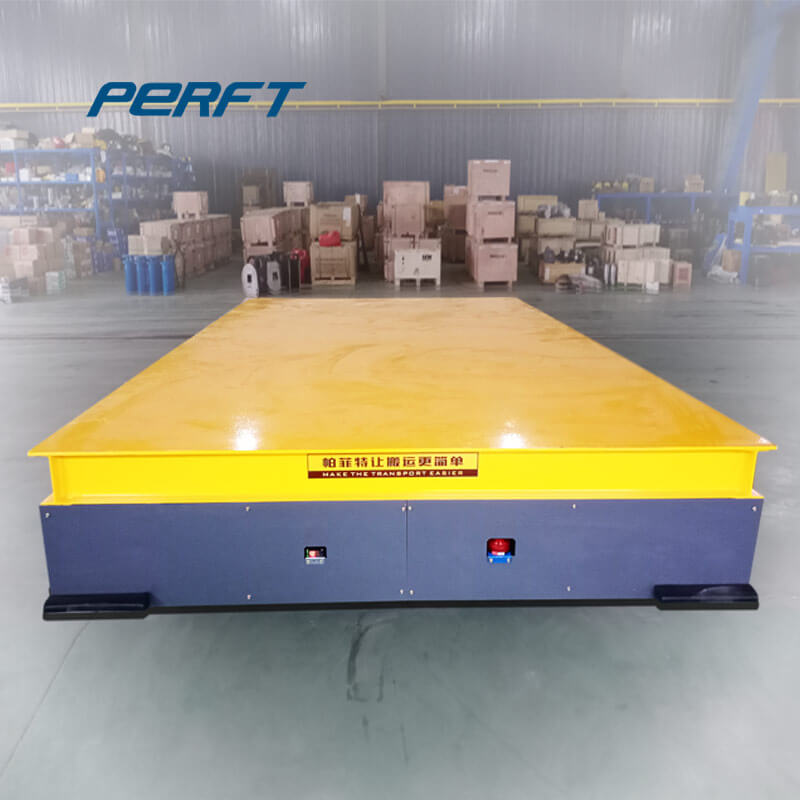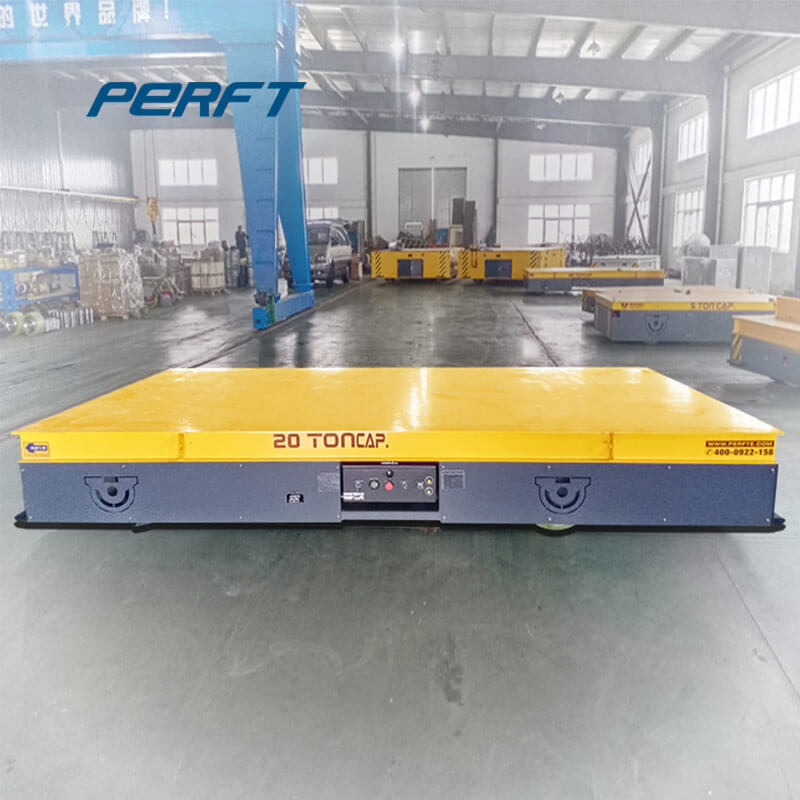


Injection Molding: Melt temperature: 200-300°C; Mold temperature: 10-80°C; Drying is not necessary if stored properly; High mold temperature will improve brilliance and appearance of the part; Mold shrinkage lies between 1.5 and 3%, depending on processing conditions, rheology of the polymer and thickness of the final piece; Melt temperature
Arburg, a German machine construction company, is one of the leading global manufacturers of injection moulding machines for plastics processing. Fields of application include the production of plastic parts for motor vehicles, communications and consumer electronics, medical technology, domestic appliances and packaging.
Jul 22, 2013 · A. Injection Mold Preparation for Moving to Storage. 1. A maintenance check should be performed on the mold before putting it into storage. a. check the cavities, gates and runners for wear. b. check for broken ejector pins, guide pins and return pins. c. check the surface of the mold for smoothness. d. check the coolant fittings.
Transfer ISO / TS 16949:2009 Obtain IATF audit · JUN. 2019-. Nara Mold Injection Technology (Nanjing) Co., Perfect Transfer Cart (Change the name of company) · MAY. 2020-. Moved to new location (Expansion) “No.1 company with the highest goal of touching customers beyond satisfaction” Establishment 2005 Growth 2010 Leap 2015 Extension 2020
Flow rate: 1/t ~V/L x Heat transfer rate: 1/t ~a/(L z /2)2 For injection molding For Die casting of aluminum Very small value for aluminum requires thicker runners Small value => Short shot Péclet No. 19
Nov 03, 2019 · With water flowing through a mold you have the perfect setup for electrolysis, where the minerals in the water will plate out onto the waterlines. Just 1/64 in. (0.4 mm) of scale buildup can reduce the heat-transfer efficiency of a waterline by 60%, even with adequate flow. Fun facts about heat distortion temperatures
Chapter2 1 1. General 1.1 Scope This Design Recommendation is applied to the structural design of water storage tanks, silos, spherical storage tanks (pressure vessels), flat-bottomed, cylindrical above-ground storage tanks and under-ground storage tanks.
Download Full PDF Package. 1 The Complete Injection Molding Process Introduction As summarized in Fig. 1-2, injection mold- ing is an important plastic processing method. This chapter provides an introduction and The figure shows the necessary components overview of the injection molding machine for the injection molder to be successful and
Kaneka PHBH™ Resin is a plant-based biopolymer produced via a revolutionary bio-fermentation process using renewable plant oils as feedstock. Our grades can be used in traditional extrusion, injection molding, and blown film applications. Kaneka PHBH™ is bio-based, strongly resistant to heat and can act as a barrier to water vapor.
Plastics Engineering Company is a leading North American manufacturer of phenolic resins and thermoset molding materials, selling products under its trademark Plenco. If you have a phenolic resin or thermoset molding material project, chances are, the Plenco team can make it work. We've been doing it for over 80 years.
1-300 ton rail transfer car for steel plant. The rail transfer car is used in conjunction with the turntable. The rail transfer car weighs 25 tons.rail transfer vehicle is used in the workshop and is used by forklifts on site. The rail transfer car is used instead of part of the forklift.
Intelligent Process Cooling. Plastic & Rubber. Highly reduced cooling times with improved product quality in every application: injection, blow molding or extrusion. Learn more. Food & Beverage. Increased productivity, savings in production costs with minimal environmental impact. Ammonia-free solutions. Learn more. Heat Rejection Systems.
S. Devaraju, M. Alagar, in Unsaturated Polyester Resins, 2019 2.9.1.6 Resin transfer molding. Resin transfer molding (RTM) is a closed-molding fabrication process where UPR is transferred over already-placed reinforcement fibers (glass fiber, carbon fiber, aramid fiber, and natural plant fibers such as sisal, banana, nettle, hemp, and flax) which are then placed on the surface of a mold.
Injection moulding (U.S. spelling: injection molding) is a manufacturing process for producing parts by injecting molten material into a mould, or mold.Injection moulding can be performed with a host of materials mainly including metals (for which the process is called die-casting), glasses, elastomers, confections, and most commonly thermoplastic and thermosetting polymers.
The ammonia storage and transfer equipment consumes some additional power. Second, unwanted chemical reactions may negatively impact and interfere with the operation of the plant. Although IGCC fuel gas cleanup equipment efficiently removes more than 95% of the sulfur constituent (as H 2 S), the residual sulfur in the syngas passes to the